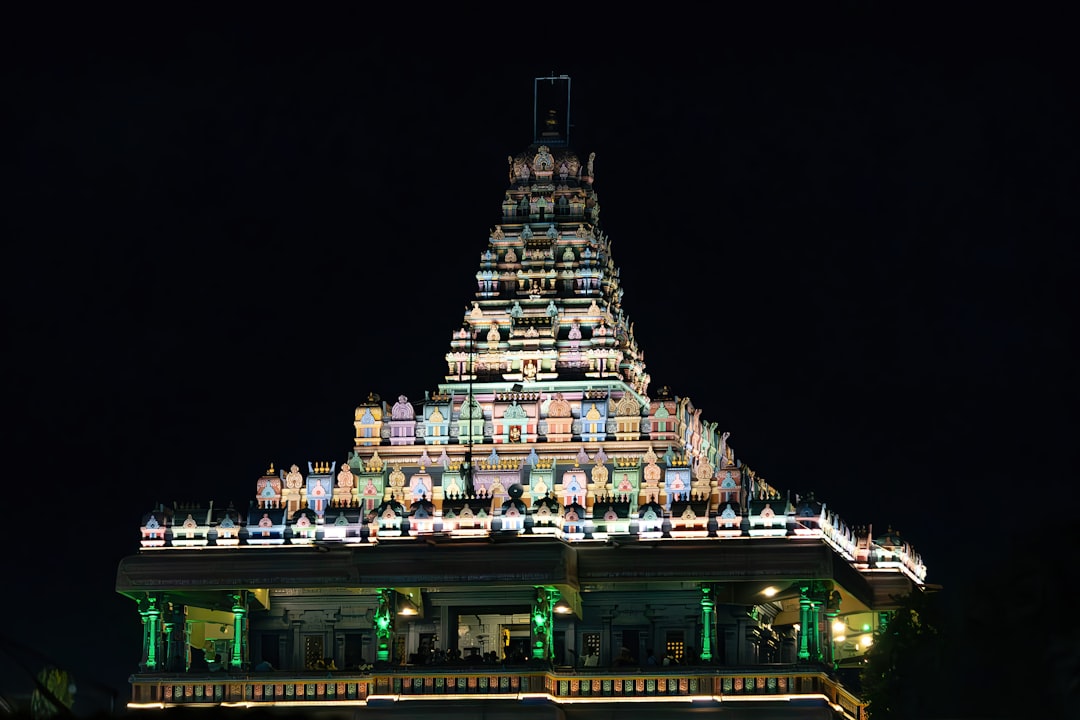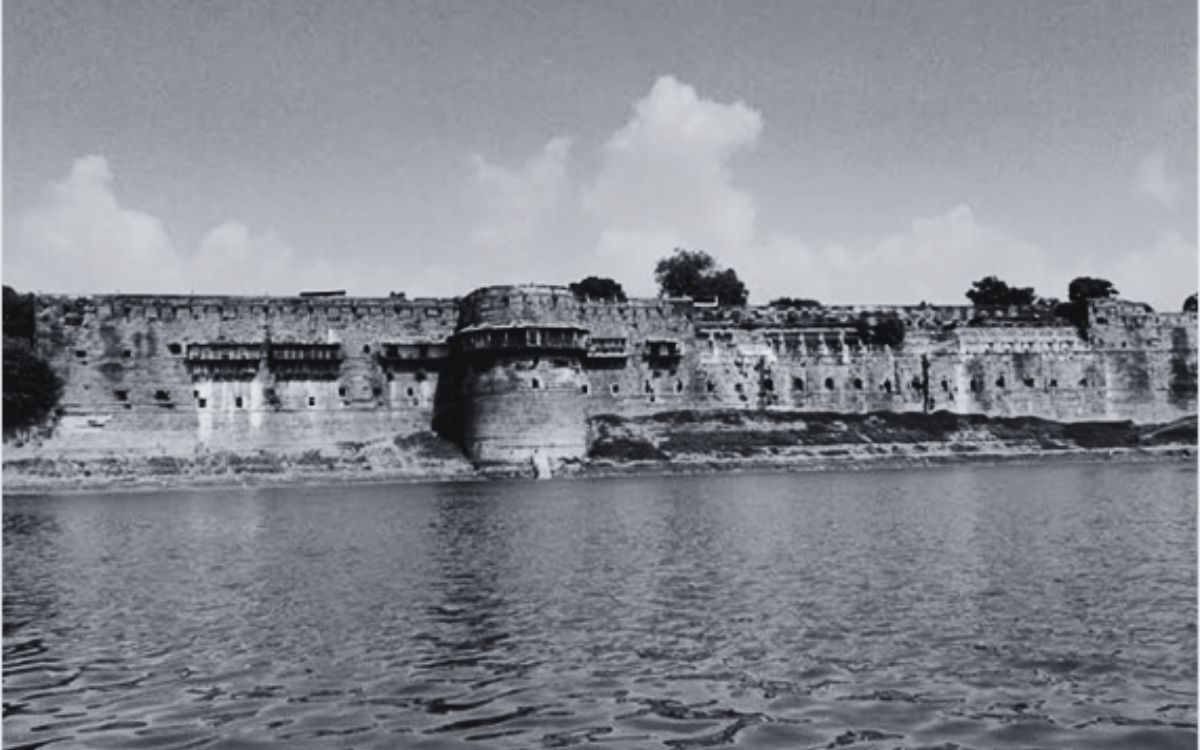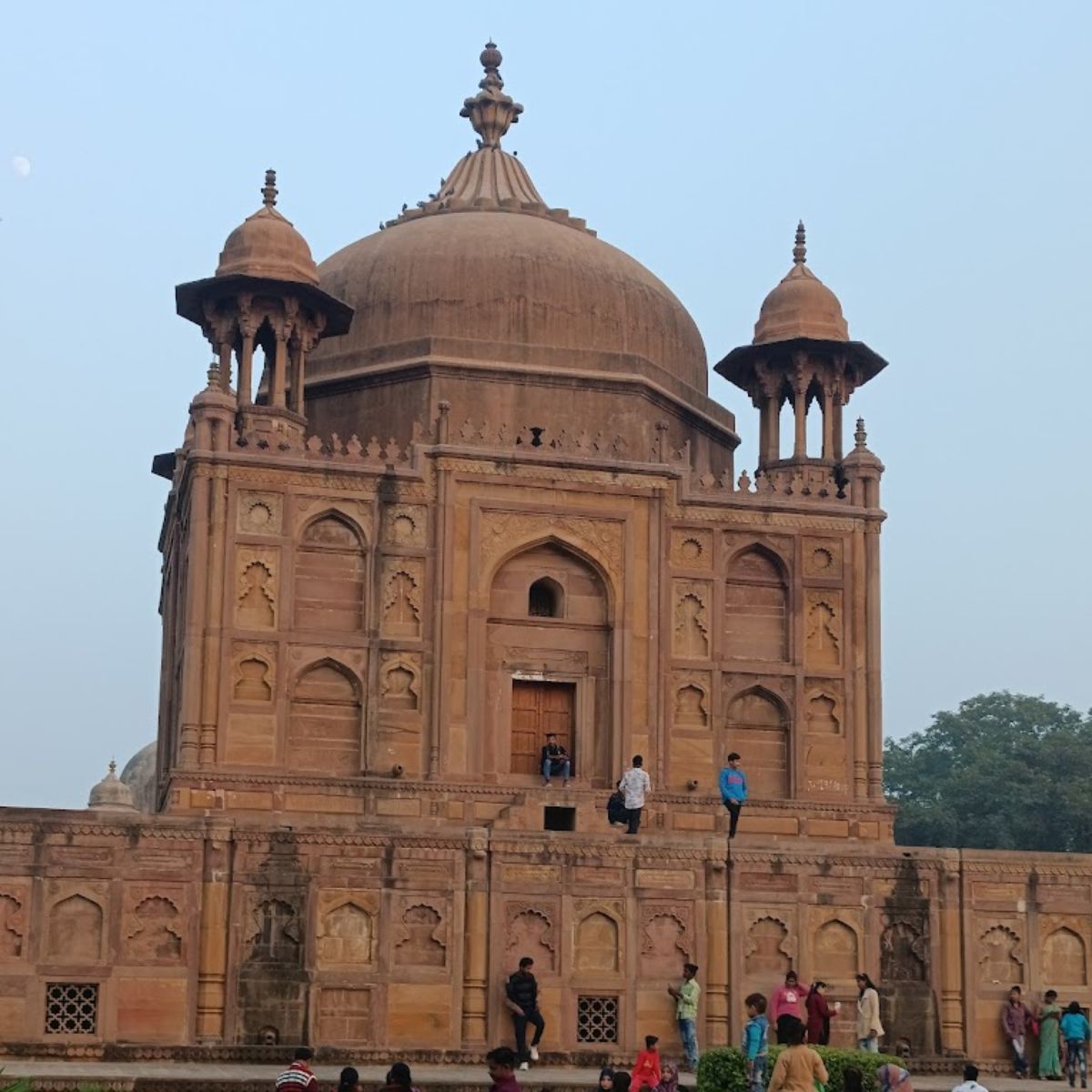Prayagraj, formerly known as Allahabad, is a city steeped in history and culture. Situated at the confluence of the Ganges, Yamuna, and mythical Saraswati rivers, its architectural landscape tells a fascinating story of evolving empires, religious beliefs, and modern development. From ancient temples to colonial-era buildings and contemporary structures, the city’s architecture reflects its rich and diverse past.
Ancient Prayagraj: Temples and Early Structures
In ancient times, Prayagraj was a prominent center of learning and religious significance. The earliest architectural influences were largely Hindu, with temples dedicated to various deities dotting the landscape. While many of these ancient structures have been lost to time or rebuilt over centuries, archaeological evidence and historical accounts provide glimpses into their architectural style.
These early temples typically featured:
- Simple stone structures: Early temples were constructed primarily from locally available stone.
- Basic carvings: Deities and scenes from Hindu mythology were carved onto the temple walls, although these were often less elaborate than later examples.
- Riverfront location: Due to the importance of the rivers, many temples were built along the banks of the Ganges and Yamuna, creating a sacred landscape.
Unfortunately, specific examples of fully preserved ancient temples are rare in Prayagraj due to natural disasters and subsequent reconstructions. However, the underlying principles of Vastu Shastra, the ancient Indian science of architecture, likely influenced the layout and design of these early structures.
The Mughal Influence: Forts and Gardens
The Mughal era brought significant changes to Prayagraj’s architectural landscape. Emperor Akbar recognized the strategic importance of the city and commissioned the construction of the magnificent Allahabad Fort in 1583. This massive fort, situated on the banks of the Yamuna River, is a prime example of Mughal military architecture.
Key features of Allahabad Fort include:
- Red sandstone construction: The fort is built primarily from red sandstone, a characteristic feature of Mughal architecture.
- Massive walls and ramparts: The fort’s imposing walls and ramparts were designed for defense.
- Intricate gateways: The fort’s gateways feature intricate carvings and designs, reflecting the Mughal attention to detail.
- Akshayavat: Located within the fort is the Akshayavat, an ancient banyan tree believed to be immortal and of great religious significance. This blends the Mughal structure with existing religious beliefs.
Beyond the fort, the Mughals also introduced their characteristic garden style to Prayagraj. While fewer examples remain compared to other Mughal centers, evidence suggests the presence of formal gardens with geometric layouts, water channels, and pavilions, contributing to the city’s overall aesthetic.
The Colonial Period: A Fusion of Styles
The British colonial era marked a significant turning point in Prayagraj’s architectural evolution. The British established Allahabad as an important administrative center, and their architectural influence is evident in numerous buildings constructed during this period. Colonial architecture in Prayagraj is characterized by a fusion of European styles, such as Victorian, Edwardian, and Neoclassical, with Indian elements.
Notable examples of colonial architecture in Prayagraj include:
- Allahabad High Court: A grand building showcasing Indo-Saracenic architecture, blending British and Mughal architectural styles.
- Allahabad University: The university buildings reflect a mix of Gothic and Neoclassical styles, creating a majestic academic atmosphere.
- All Saints Cathedral: A stunning example of Gothic Revival architecture, with its towering spires and stained-glass windows.
- Public libraries and administrative buildings: Many public buildings were constructed in the Neoclassical style, with grand facades, columns, and symmetrical designs.
The British also introduced new urban planning concepts, such as wide roads, planned residential areas, and public parks, transforming the city’s overall layout and contributing to its modern appearance.
Modern Prayagraj: Contemporary Architecture and Urban Development
In recent decades, Prayagraj has witnessed rapid urban development and the emergence of contemporary architectural styles. Modern buildings in Prayagraj incorporate a range of materials and designs, reflecting the influence of global architectural trends. The city’s skyline is now dotted with high-rise apartments, commercial complexes, and shopping malls, showcasing the changing face of Prayagraj.
Key features of modern architecture in Prayagraj include:
- Use of modern materials: Concrete, steel, and glass are commonly used in contemporary buildings.
- Emphasis on functionality and efficiency: Modern buildings are designed to be functional, energy-efficient, and environmentally friendly.
- Incorporation of green spaces: Many new developments incorporate green spaces and landscaping to enhance the quality of life.
- Modern infrastructure: Improved roads, transportation systems, and public amenities support the growing urban population.
While embracing modern architectural trends, there is also a growing awareness of the need to preserve and protect Prayagraj’s architectural heritage. Efforts are underway to conserve historic buildings and promote sustainable urban development.
Frequently Asked Questions
What is Indo-Saracenic architecture?
Indo-Saracenic architecture is a style that combines elements of British and Indian architectural traditions. It often features domes, arches, minarets, and intricate carvings.
Why is Allahabad Fort so important?
Allahabad Fort is important for its strategic location, historical significance as a Mughal stronghold, and the presence of the Akshayavat, a sacred banyan tree.
What are some challenges to preserving historic buildings in Prayagraj?
Challenges include funding for restoration, lack of awareness, and the pressure of rapid urbanization leading to demolition of older buildings.
How does modern architecture in Prayagraj differ from colonial architecture?
Modern architecture focuses on functionality and uses contemporary materials like concrete and glass, while colonial architecture blended European styles with Indian elements.
From ancient temples to Mughal forts, colonial buildings, and modern structures, Prayagraj’s architectural journey reflects its dynamic history and cultural significance. As the city continues to evolve, it is crucial to balance modern development with the preservation of its rich architectural heritage, ensuring that future generations can appreciate the beauty and diversity of Prayagraj’s built environment. The blend of the past and present makes Prayagraj a truly unique architectural destination.



